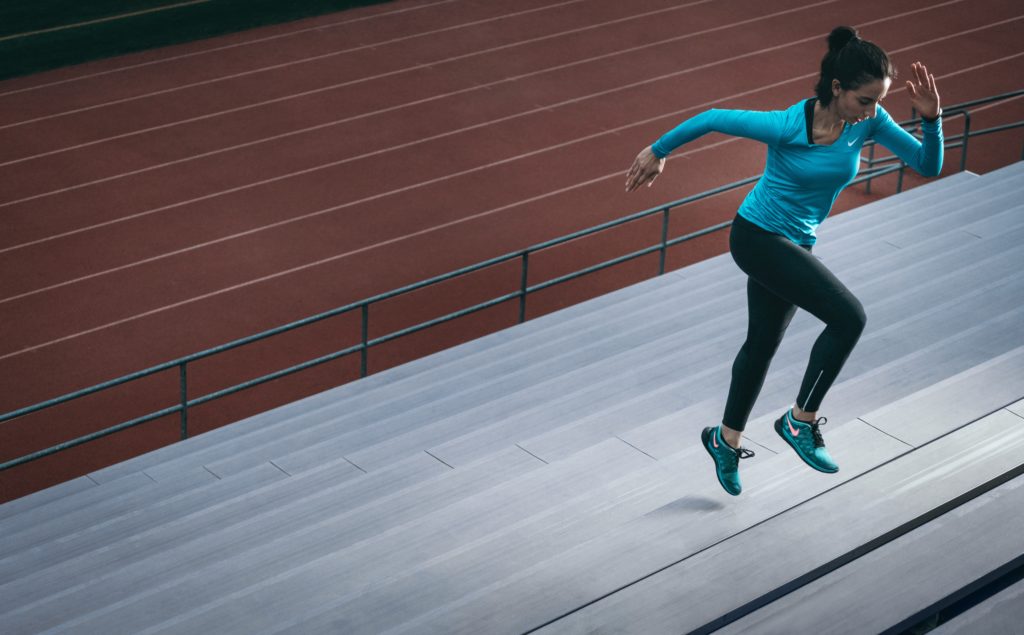What’s This Research About?
Yoga teachers and movement professionals tend to say it’s all connected.
This paper touches on an aspect of that, namely how the ankle (a distal joint)
affects more proximal joints of the knees and hips as well as landing kinematics.
They ask several questions pertaining to CAI’s impact on potential knee injuries.
Previous studies have reported that CAI can be associated with biomechanical
and muscular alterations in the knees and hips. How? In knee flexion upon
landing, and in how the muscles of the quadriceps and hamstrings contract.
It’s been shown that people with CAI have decreased knee flexion and increased
posterior GRF when landing from a jump. Reduced knee flexion coupled with more
GRF leads to more ATSF which potentially leads to ACL injury.
This study asks the following questions?
- How does CAI affect landing kinematics in the sagittal plane?
- How does CAI affect posterior GRF when landing a jump?
- Do people with CAI experience more GRF because of the
inefficient kinematics of the joint? - How does it affect ATSF? Does CAI create more ATSF in the knee
and does that put people with CAI more at risk for ACL injuries?

TITLE: Individuals with chronic ankle instability exhibit altered landing knee kinematics: potential link with the mechanism of loading for the anterior cruciate ligament.
PUBLICATION: Clinical Biomechanics of Elsevier Publications
DATE: December 2014
AUTHORS : Masafumi Terada, Brian Pietrosimone, Phillip A. Gribble
Chronic Ankle Instability (CAI): Recurring ankle sprains that may or may not include functional impairments. Lateral ankle sprains are very common in people who are physically active. 73% of those who have had ankle sprains may develop chronic ankle instability.
Anterior Tibial Shear Force (ATSF): the amount of lateral force at the knee joint. It’s the most direct loading mechanism of the ACL and thought to be a probable component of ACL injury.
Anterior Cruciate Ligament (ACL): knee ligament that is often injured.
Ground Reaction Force (GRF): In physics, and in particular in biomechanics, the ground reaction force is the force exerted by the ground on a body in contact with it.

